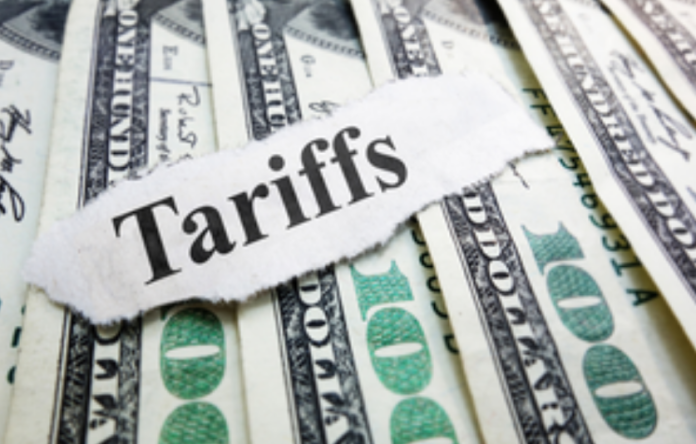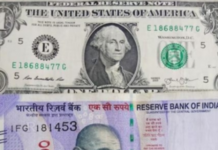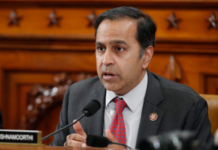New Delhi— India’s exports to the United States account for just 4% of its GDP, so the direct impact of the recently announced 27% tariff hike on Indian goods by former President Donald Trump is expected to be “limited,” according to a report released Friday by SBI Research.
Interestingly, the new tariffs imposed on Indian goods are lower than those levied on other Asian economies: 34% on China, 36% on Thailand, 32% on Indonesia, and 46% on Vietnam. This relative advantage could help India strengthen its position in global trade over time.
“We expect India will gain a competitive edge and see export-oriented growth across various sectors,” the report noted.
Textiles:
The report highlights that countries such as Bangladesh, China, and Vietnam—major exporters of textiles—may see reduced demand due to inflationary pressures caused by higher U.S. tariffs. While India’s textile exports to the U.S. were valued at around $7 billion from April to December in FY25 and may experience short-term setbacks, SBI believes India could ultimately benefit in the long run as it seeks to capture a larger share of the global market.
Engineering Goods:
This sector may be significantly impacted due to supply chain disruptions and reduced export revenues, the report warns.
Electronics:
India appears well-positioned in electronics, especially compared to China, which now faces tariffs ranging from 54% to 79% on its electronics exports to the U.S. India’s electronics exports to the U.S. during April–December FY25 stood at approximately $9 billion, making up 15% of its total exports.
Gems and Jewelry:
The sector most vulnerable to tariff hikes is gems and jewelry. The U.S. is considering imposing tariffs of up to 20%—up from zero on loose diamonds and 5.5% to 7% on gold jewelry. The United States accounts for nearly $10 billion, or 30.4%, of India’s annual $32 billion in gems and jewelry exports, making it the most exposed sector, the report points out.
Agriculture and Seafood:
Agricultural exports are expected to remain stable or even grow, as other exporting countries face steeper tariffs. India’s seafood exports to the U.S. were worth $1.5 billion in April–December FY25, comprising 3% of total U.S.-bound exports. The tariff advantage is likely to help Indian seafood exporters maintain competitiveness, as demand is not expected to decline immediately.
The report also notes that India’s exports to the U.S. have been declining since FY23, with the U.S. accounting for about 17–18% of India’s total exports. The top 15 exported items make up roughly 63% of that trade.
While the direct impact of the tariffs may be manageable, SBI cautioned that the broader Indian economy could still face challenges from a global economic slowdown and increased financial market volatility stemming from widespread tariff hikes. (Source: IANS)







